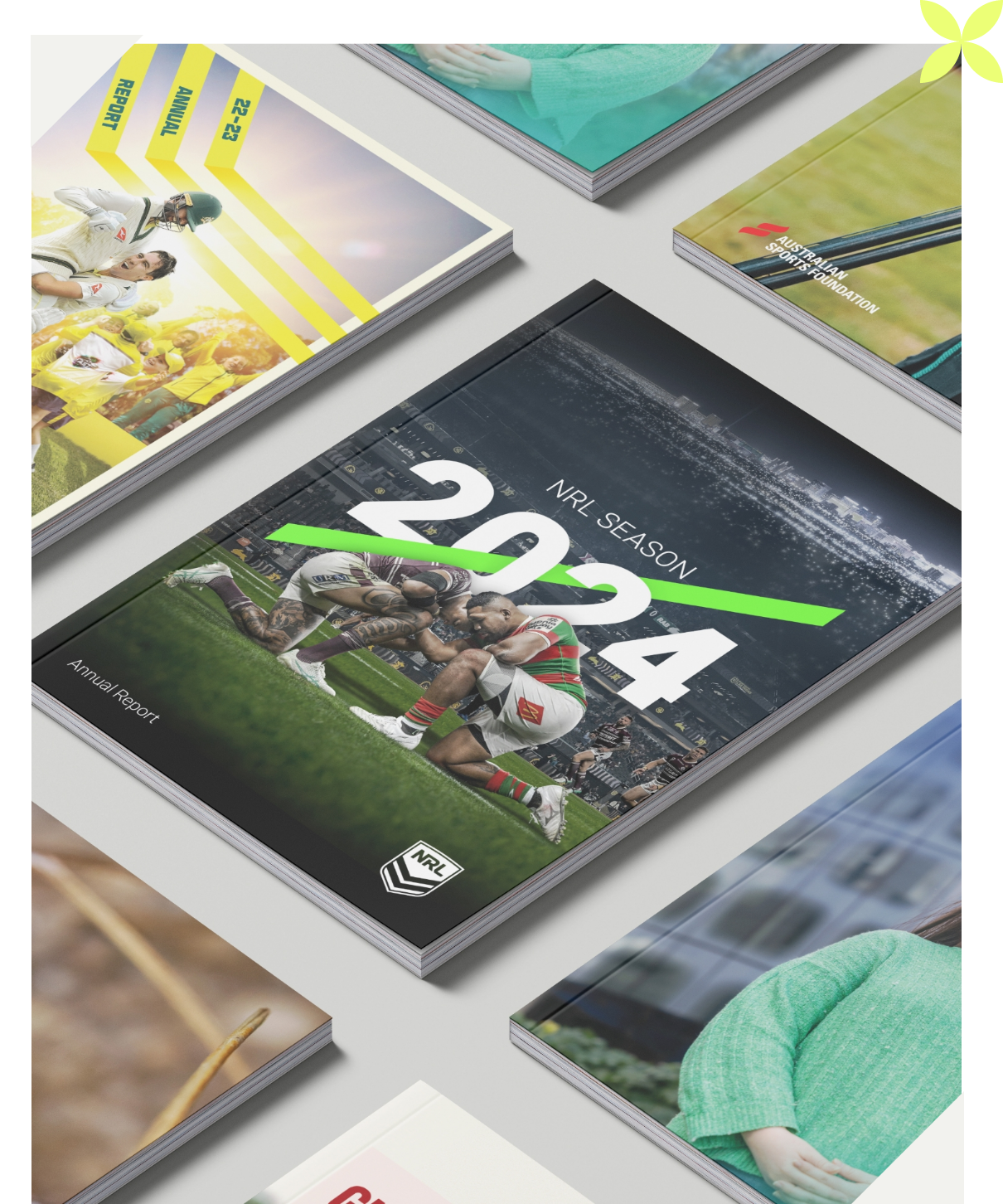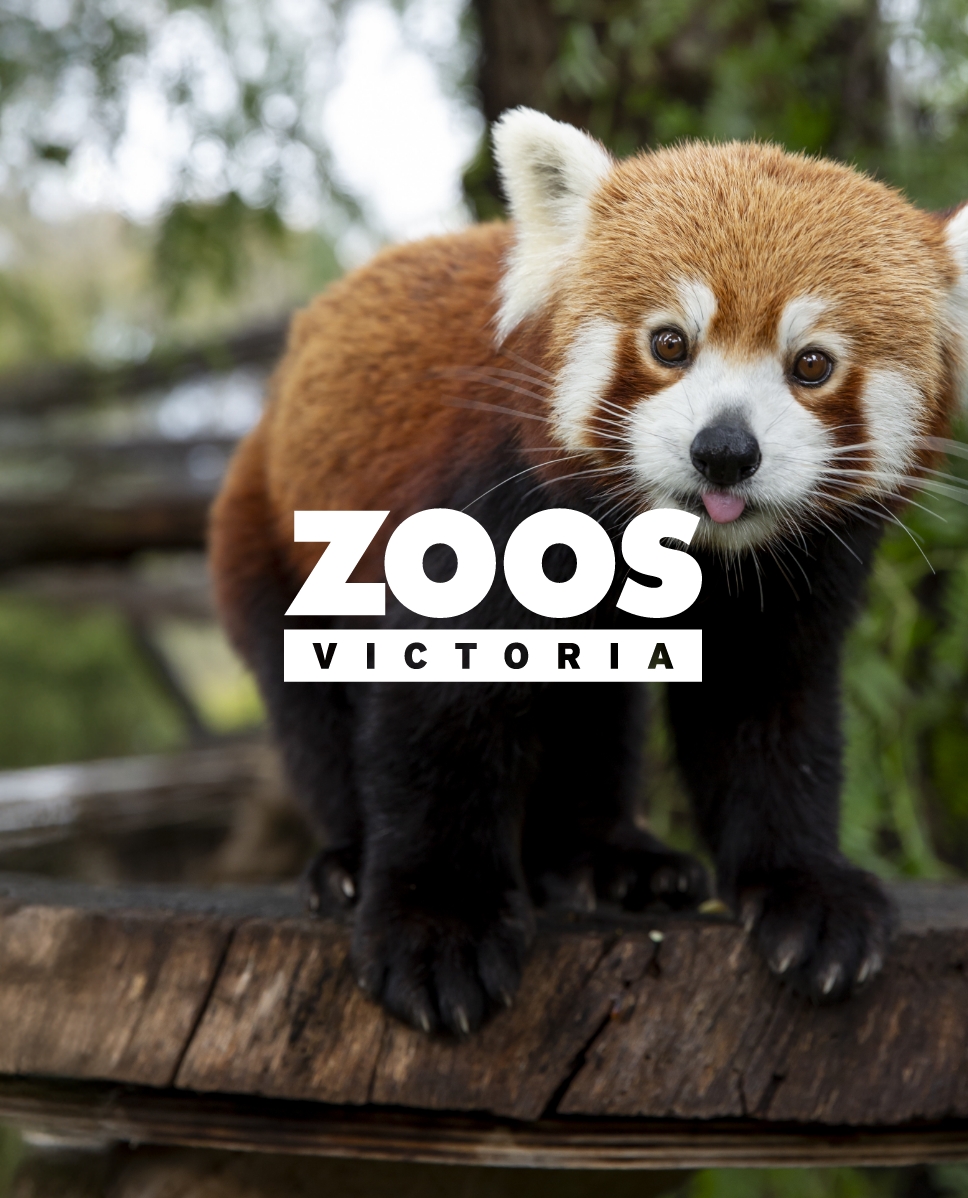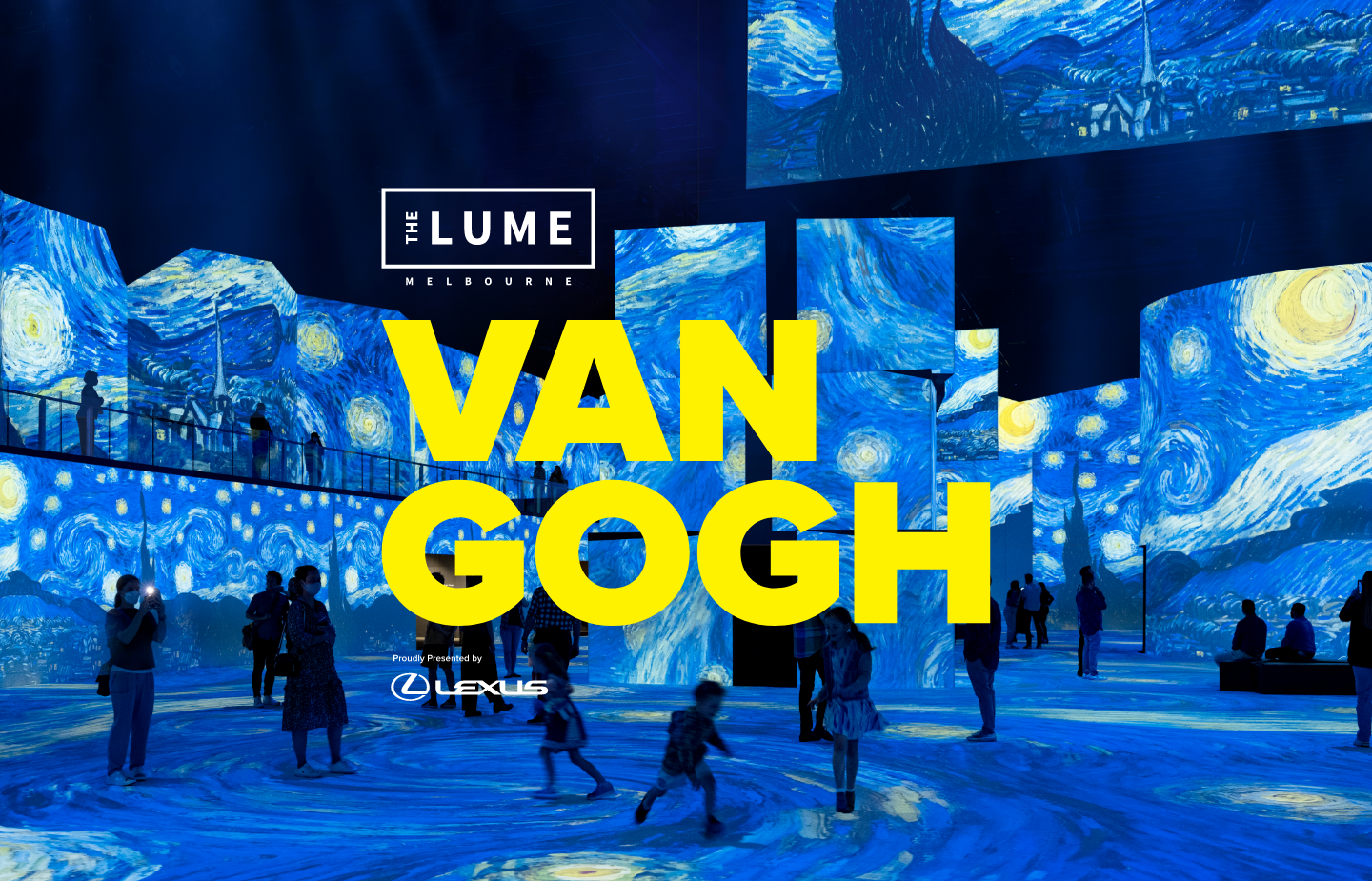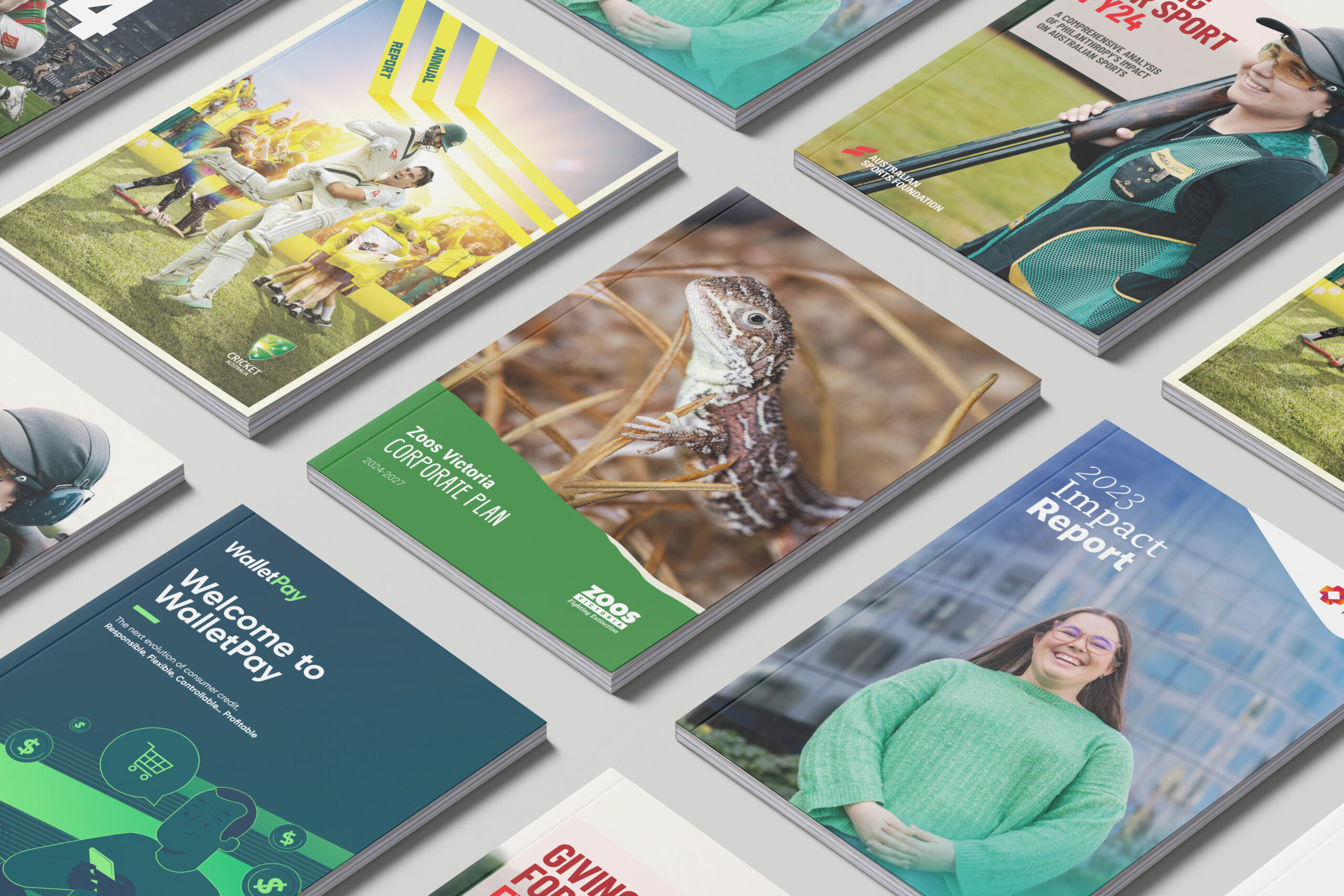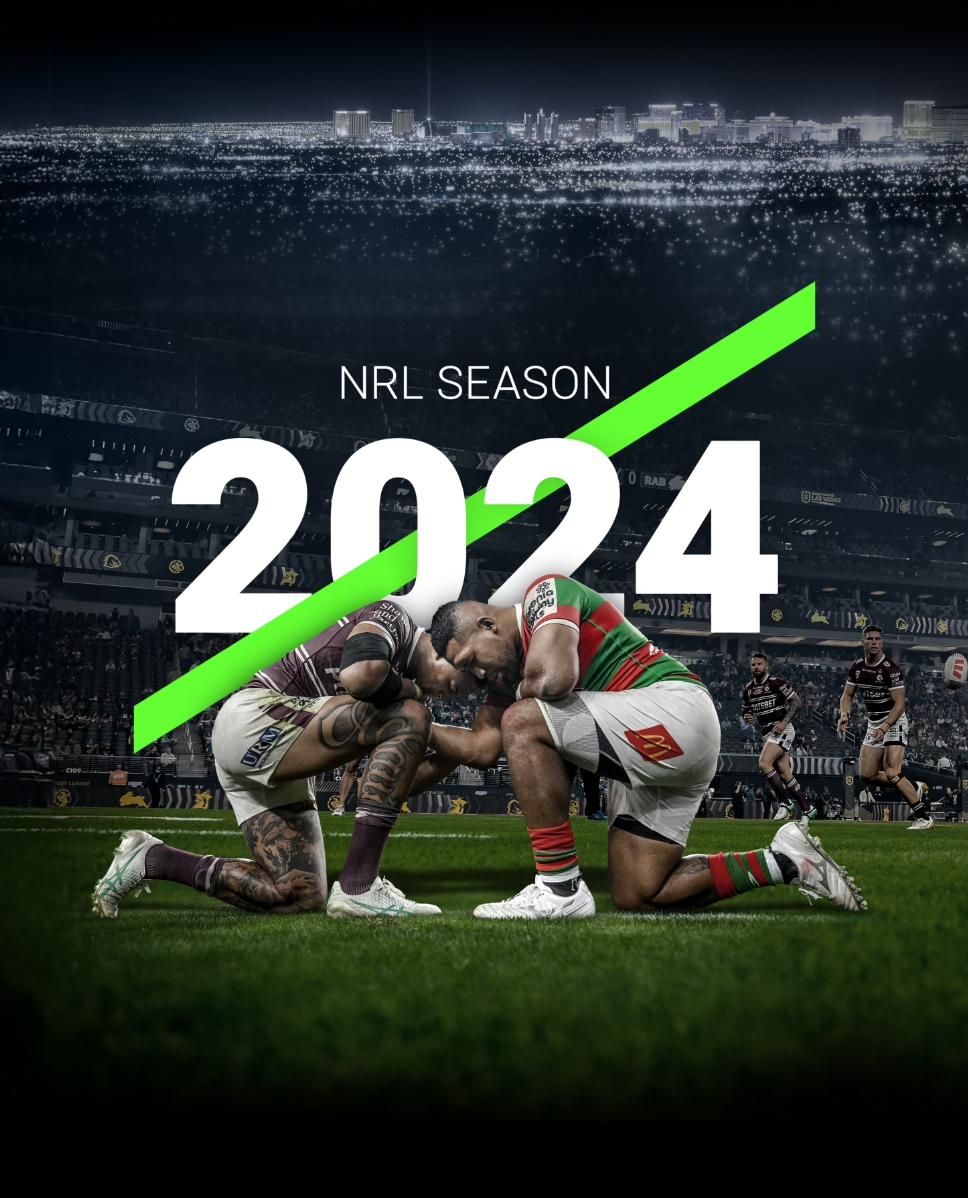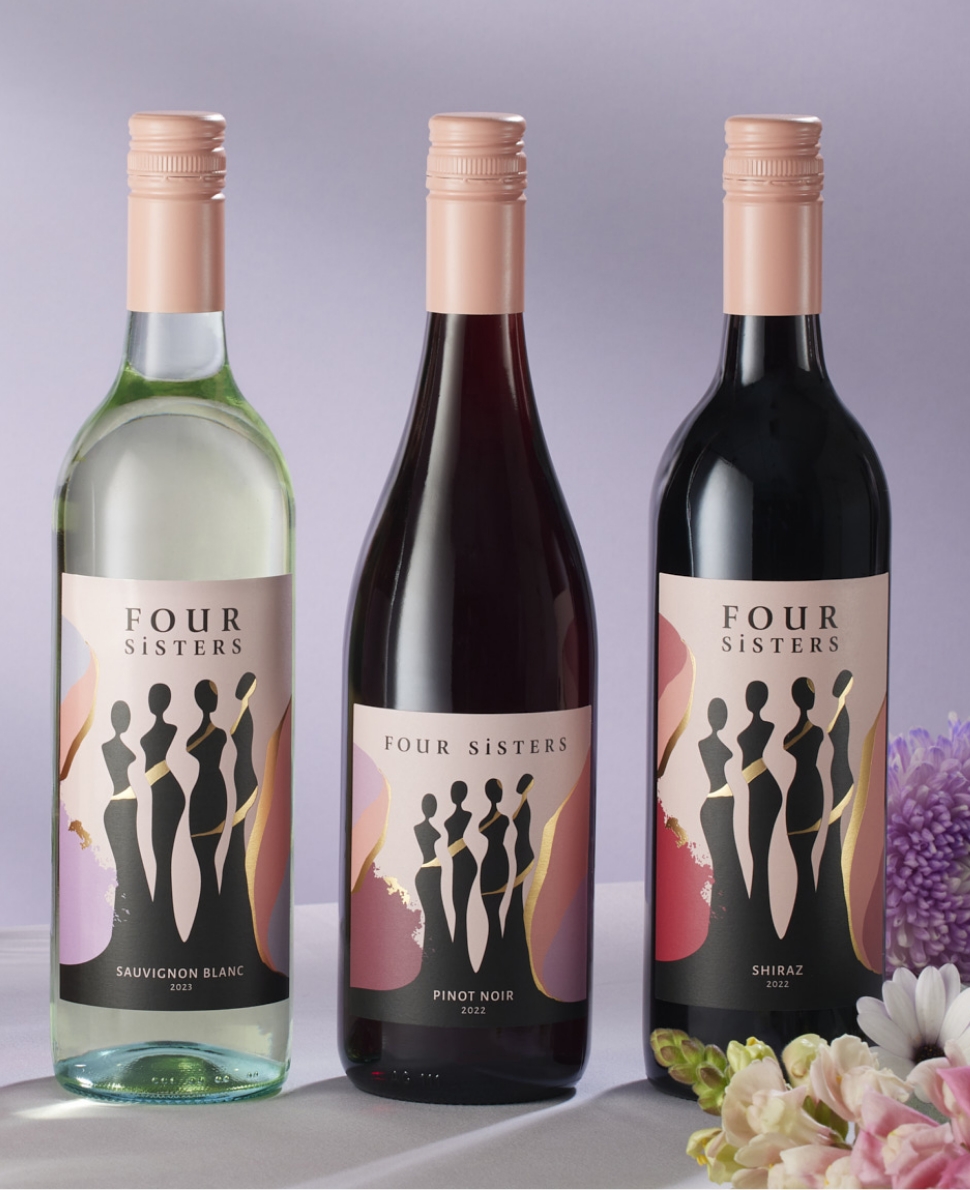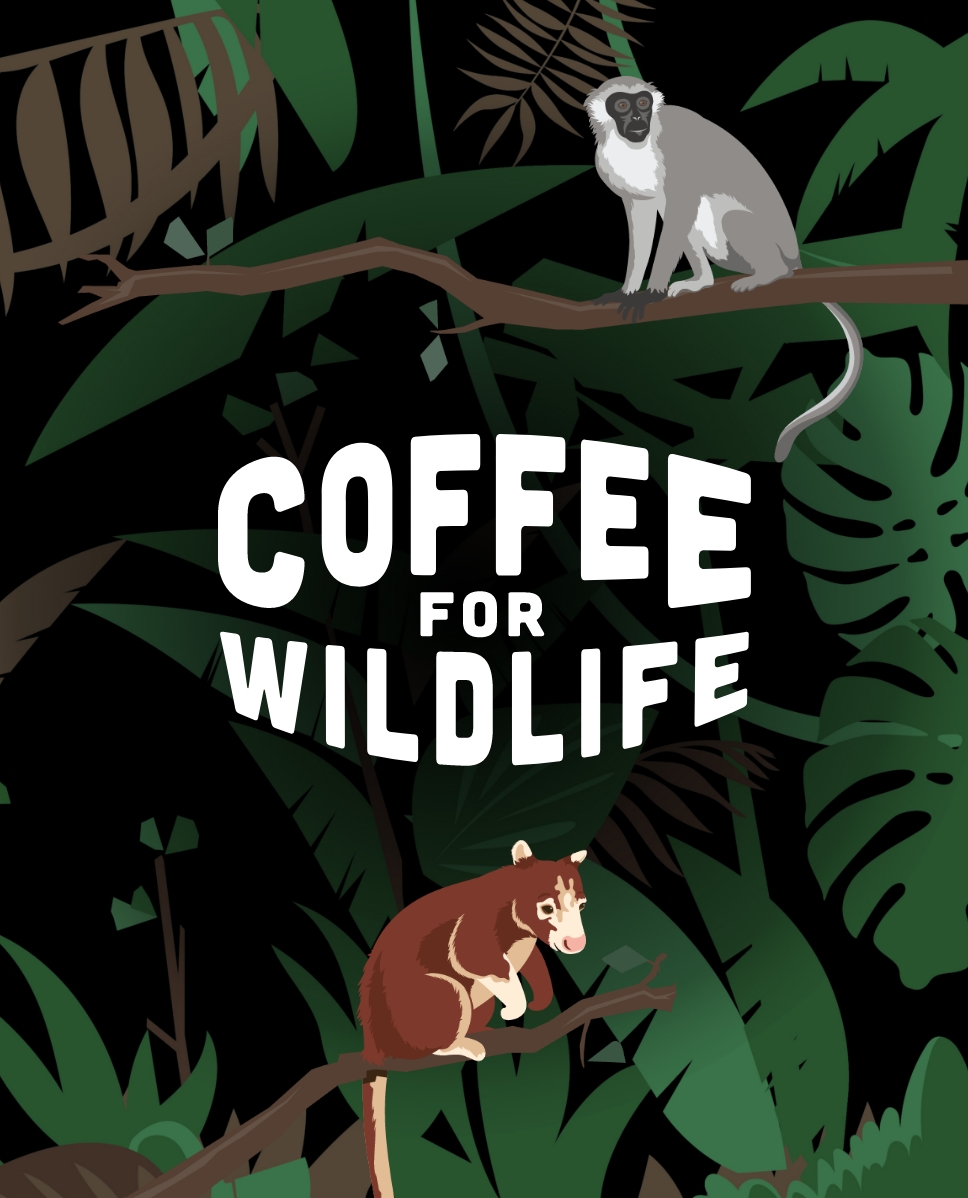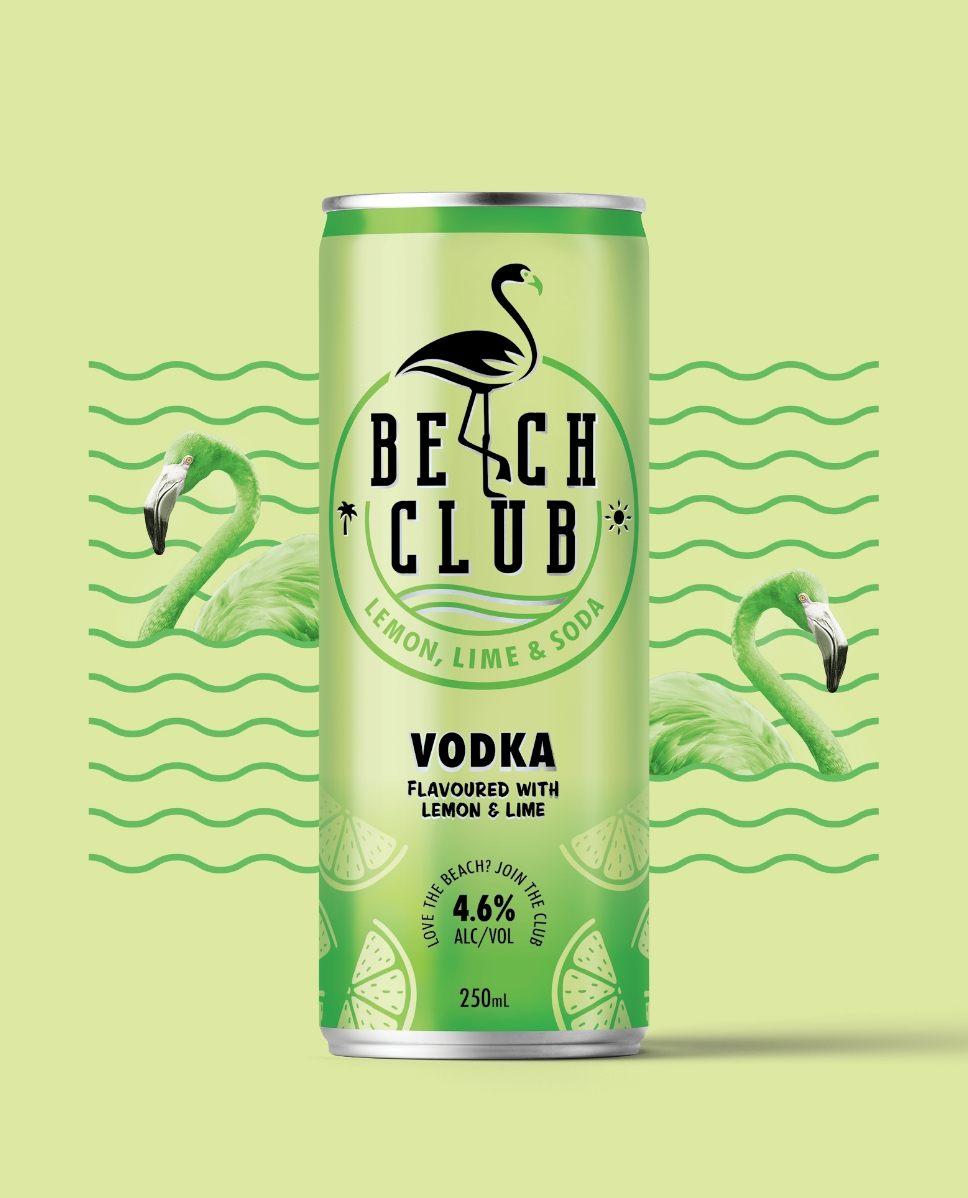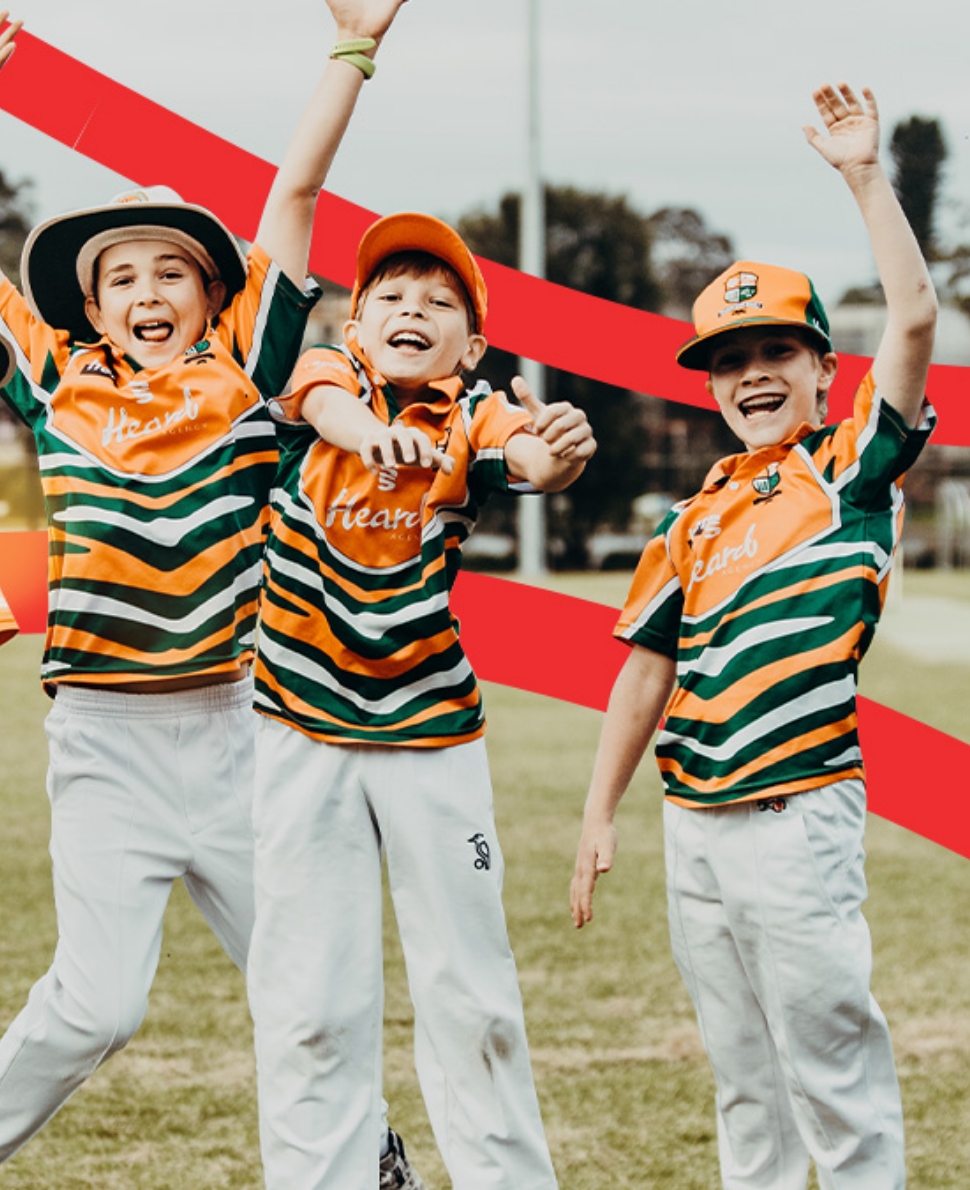Zoos Victoria
Transforming visitor
experiences
- Branding
- Campaign
- Creative
- Guidelines
- Installations
- Packaging
- Strategy
Urth Fitness
A dynamic rebrand for
an energised community
- Branding
- Creative
- Guidelines
- Social
- Strategy
- Website
TopSport
Crafting a brand that
engages punters
- Branding
- Campaign
- Creative
- Digital
- Strategy
- Video
The Lume
Strategic overhaul
Delivers sold-out success
- Creative services
- Marketing Analytics
- Paid Social
- SEM
- Strategy
NRL – Annual Report
A year of passion,
progress, and play
- Annual Reports
- Concepts
- Design
Linebreak
Breaking away
from the pack
- Creative services
- Marketing Analytics
- Paid Social
- SEM
- Strategy
Leica
Future proof projects
for a global market
- Creative services
- Marketing Analytics
- Paid Social
- SEM
- Strategy
England Squash Stars
Junior Squash
Participation Campaign
- Creative services
- Marketing Analytics
- Paid Social
- SEM
- Strategy
Coffee for Wildlife
Branding a wildlife friendly
range of coffee beans
- Animation
- Branding
- Creative
- Illustration
- Strategy
Cirqo
Ground up for a
movement-led audience
- Creative services
- Marketing Analytics
- Paid Social
- SEM
- Strategy
Chicken Republic
Identity that serves up
Stadium style
- Creative services
- Marketing Analytics
- Paid Social
- SEM
- Strategy
Beach Club
A playful identity
for refreshing flavours
- Branding
- Creative
- Packaging
- Point of Sale
- Strategy
Australian Sports Foundation
EOFY Fundraising &
Acquisition Campaign
- Branding
- Creative
- Reports
- Social
- Strategy
- Video
- Website
